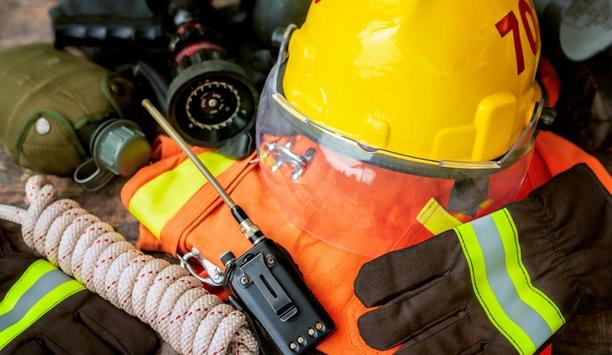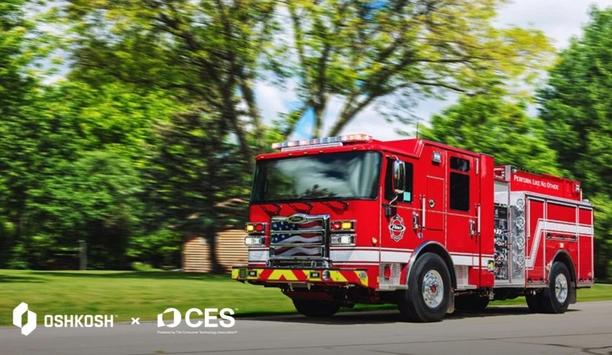Wharton Esherick (1878-1970) was an artist who produced paintings, decorative frames, woodcuts, sculptures, and furniture. While Esherick’s work is displayed in major American museums and private collections, a large compilation of his work is found in his studio. His studio has been preserved and maintained since his death, enabling visitors to learn more about the artist’s life as well as view his work.
With so many valuable artifacts and artwork in one studio, a superior fire protection system became a necessity. In a fire, smoke could permeate the interior of the studio or flames could char Esherick’s masterpieces before a fire department had time to respond or a conventional sprinkler system would activate.
ECARO-25® clean agent fire suppression system
After investigating fire suppression system alternatives, the Wharton Esherick Board decided on a Fike ECARO-25® clean agent fire suppression system with DuPont FE-25.
ECARO-25 is activated by an ionization-based smoke detector that reports the first indicator of smoke
The ECARO-25 system is activated by an ionization-based smoke detector that sounds an alarm and reports the first indicators of smoke. Small pressurized tanks of FE-25 installed in closets throughout the studio eliminated the need for an extensive piping system, greatly reducing the cost of installation.
Viable alternative
Board member Peter Esherick explains the benefit of using the ECARO-25 system, “We considered a common sprinkler system and determined a way to run the vast array of piping so that it would be mostly invisible. But the system would require a large, separate water line, and would only act if flames heated the ceiling and the building filled with smoke.”
“Additionally, if activated, water could damage much of the artwork and interior materials. The ECARO-25 system provided us with a viable alternative that met our protection needs and preserved our museum space by avoiding an unsightly installation.”
Protection from fire and water
ECARO-25 is an excellent choice for applications where the release of dry chemicals can cause collateral damage
An ECARO-25 clean agent fire suppression system is an excellent choice for applications where the release of water, dry chemicals, or carbon dioxide can cause collateral damage to irreplaceable museum assets. Due to this installation, the Wharton Esherick Studio treasures, are safe for future generations to enjoy.
Critical project success factors:
- Selection of an ECARO-25 system allowed for maximum protection from fire and water damage for these unique museum pieces.
- The necessity for preserving the unique appearance of the studio was accomplished with a unique, cost-effective installation of multiple small tanks and minimal piping.
- ECARO-25 is also safe for use in occupied spaces, leaves no residue, and is an environmentally acceptable alternative to Halon.















